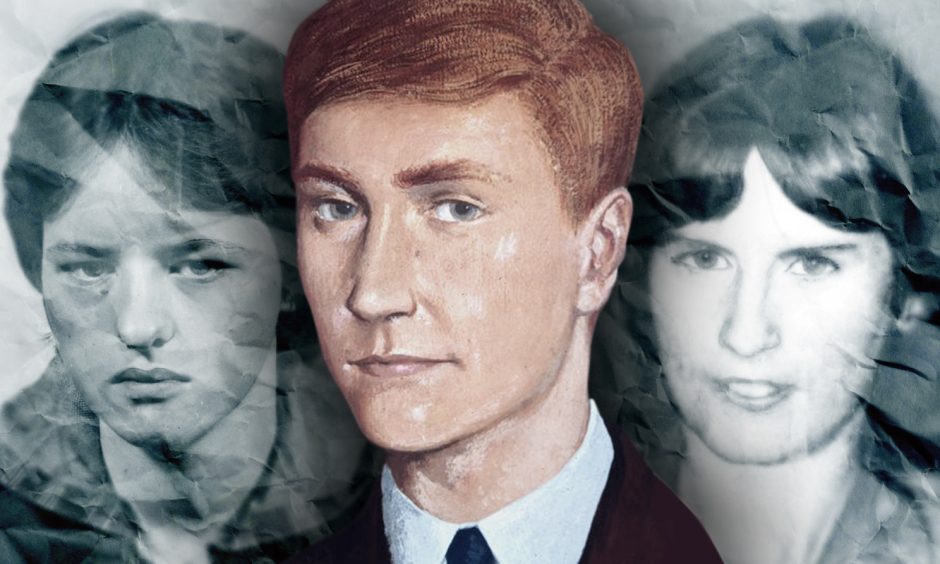
The chilly early hours of Halloween in 1969.
A Bible-quoting stranger with a lust for rape and murder has claimed his third victim.
Patricia Docker, Jemima McDonald and Helen Puttock all spent their last night alive at the dancing but were found near their homes — beaten and strangled to death.
Then the rampage suddenly stopped.
Bible John faded from the neon glare of the Barrowland Ballroom in Glasgow.
Did he strike again in Dundee?
Hundreds of men fell under suspicion of being Bible John because they resembled the likeness of the red-headed, fine-featured suspect in the 1969 artist’s impression.
Among them was John McInnes, who faced four identity parades, and whose body was exhumed in South Lanarkshire in February 1996 following the reopening of the case.
McInnes was a former private in the Scots Guards and furniture salesman.
He’d been buried there in 1980 after taking his own life.
Was he really Bible John?
Tayside Police instructed a review of the 1979 and 1980 Templeton Woods murders of Carol Lannen and Elizabeth McCabe following the revival of the Glasgow investigation.
Miss McCabe disappeared after a night out at Teazer’s Disco on February 10 1980 and was reported missing by her parents the following morning.
Fifteen days later, on the day after she would have celebrated her 21st birthday, her partially-clothed and strangled body was found by a dog walker in Templeton Woods.
After months of exhaustive inquiries — including a séance held with officers — police failed to find a killer but the case file was left open.
The spot where Miss McCabe lay was only 150 yards from where the naked body of another young Dundee girl had been found 11 months earlier.
Like Miss McCabe, 18-year-old Carol Lannen, who had also been last seen entering a red estate car in Exchange Street on March 20 1979, had been strangled.
The similarities between the cases were not lost on uneasy residents who began to fear the “disco killer” would strike again and many women avoided city nightspots.
Inspector Nick Hull was asked by senior officers in 1996 to re-examine evidence and liaise with Strathclyde Police because the Bible John murders had been “tenuously linked” to the unsolved crimes in Dundee and elsewhere.
He was specifically asked to look for “anything that might be of forensic potential”.
Inspector Hull passed on several items to forensic scientists, including a pair of pants, tights, the remains of a swab from Elizabeth McCabe and a couple of hair samples.
The Bible John case taking a dramatic and intriguing twist also led to an Oxford woman who previously lived in Glasgow getting in touch with Tayside Police in February 1996.
She named a suspect — responsible for the Glasgow and Dundee murders.
Time passed.
A new theory would also emerge
In June 1996 the Lord Advocate said there was insufficient evidence from the forensic tests to link ex-squaddie McInnes with the scene of Helen Puttock’s murder.
McInnes was quietly re-buried.
Things took a further twist while the earth was still fresh on his grave.
Author Donald Simpson published a book about Bible John and once more a link was made with the unsolved murders of Carol Lannen and Elizabeth McCabe in Dundee.
Power in the Blood — later adapted as a drama for BBC Radio Scotland — told the story of his relationship with a Bible-quoting neighbour he believed was the elusive killer.
After the killings in Glasgow in 1968 and 1969, Mr Simpson suggested Bible John went to ground for around eight years before resuming his deadly crusade.
He claimed to have a wealth of evidence pointing to the same man also being in Dundee at the time of the Templeton Woods murders and carrying out the brutal attacks.
He insisted it was not John McInnes.
“Thousands of people the length and breadth of Britain were interviewed as part of the investigations into the Lannen-McCabe murders,” he said.
“Sadly both trails went cold, but it does appear to me that the similarities are so remarkable as to conclusively point to one killer — Bible John.
“One evening he had been telling me about his experiences in the Royal Air Force.
“I asked him if he had ever lived anywhere other than Glasgow since he left the forces.
“He told me he had always lived in Glasgow, but said he quite liked Dundee and went there in 1979 and 1980.
“He told me it was a change of venue.”
The photofit resemblance was ‘striking’
On the strength of that conversation, the author made inquiries of his own into the unsolved murders of young women in Dundee between 1970 and 1984.
Particularly those carried out in the Bible John style.
Mr Simpson said only two fitted the required category of those which were carried out in the style of Bible John in 1968 and 1969 — Carol Lannen and Elizabeth McCabe.
“The first murder in Glasgow in 1968 of Patricia Docker has the same features as these latest murders in Dundee — the removal of clothes, the missing handbags and penchant for killing or setting out to kill on even dates,” he said.
More clothing belonging to Miss McCabe was found on Coupar Angus Road, near the Kingsway, and in April of that year jewellery and her college ID badge were found in a handbag belonging to her on waste ground in Cobden Street.
Her black shoes were discovered on the same street a few weeks later.
Two weeks after Miss Lannen’s body was discovered, some of her clothing – jersey, pants, tights and handbag which contained money and a family allowance book – were found at Kintore, in Aberdeenshire.
That was only about 12 miles from the lay-by at Westhill.
Police issued a photofit following Miss Lannen’s murder, based on descriptions from witnesses who saw the driver of the vehicle she was last seen entering.
Mr Simpson said: “The resemblance between the photofit killer and that of Bible John is striking.
“The pattern of the serial killer is plain to see.
“His signature of even-numbered dates, even-numbered months and even numbered days from the first murder to the last is obvious — from February 1968 to February 1980.”
A police spokesman said in 1996: “Both cases are still open. Any new lines of inquiry will be processed and any information gleaned will be acted upon.
“If Mr Simpson has information relative to these murders he will be seen.”
And then?
Nothing.
The case appeared to be quietly forgotten about.
Bible John just one of the notorious killers linked to Dundee murders
The murders were then included in an investigation into possible Yorkshire Ripper attacks in Scotland by then West Yorkshire Police chief Keith Hellawell.
World’s End monster Angus Sinclair, Peter Tobin and the American Zodiac Killer have all at one time been listed as possible suspects, alongside the Yorkshire Ripper.
All were discounted.
A case review took place again in 1998, and it was officially reopened in 2004, with items of evidence re-checked using up to date DNA analysis under Operation Trinity.
Former taxi driver Vincent Simpson was arrested by police 27 years after they had first questioned him and stood trial for Elizabeth’s murder at the High Court in Edinburgh.
A jury returned a not guilty verdict on Simpson in December 2007.
More than 43 years on, no one has been convicted of their murders, although suspicion has fallen on a number of people including Carnoustie killer Andrew Hunter.
He died in prison in 1993.
The 1968 and 1969 Bible John murders and the 1979 and 1980 Templeton Woods slayings have garnered multiple theories but remain the coldest of cold cases.
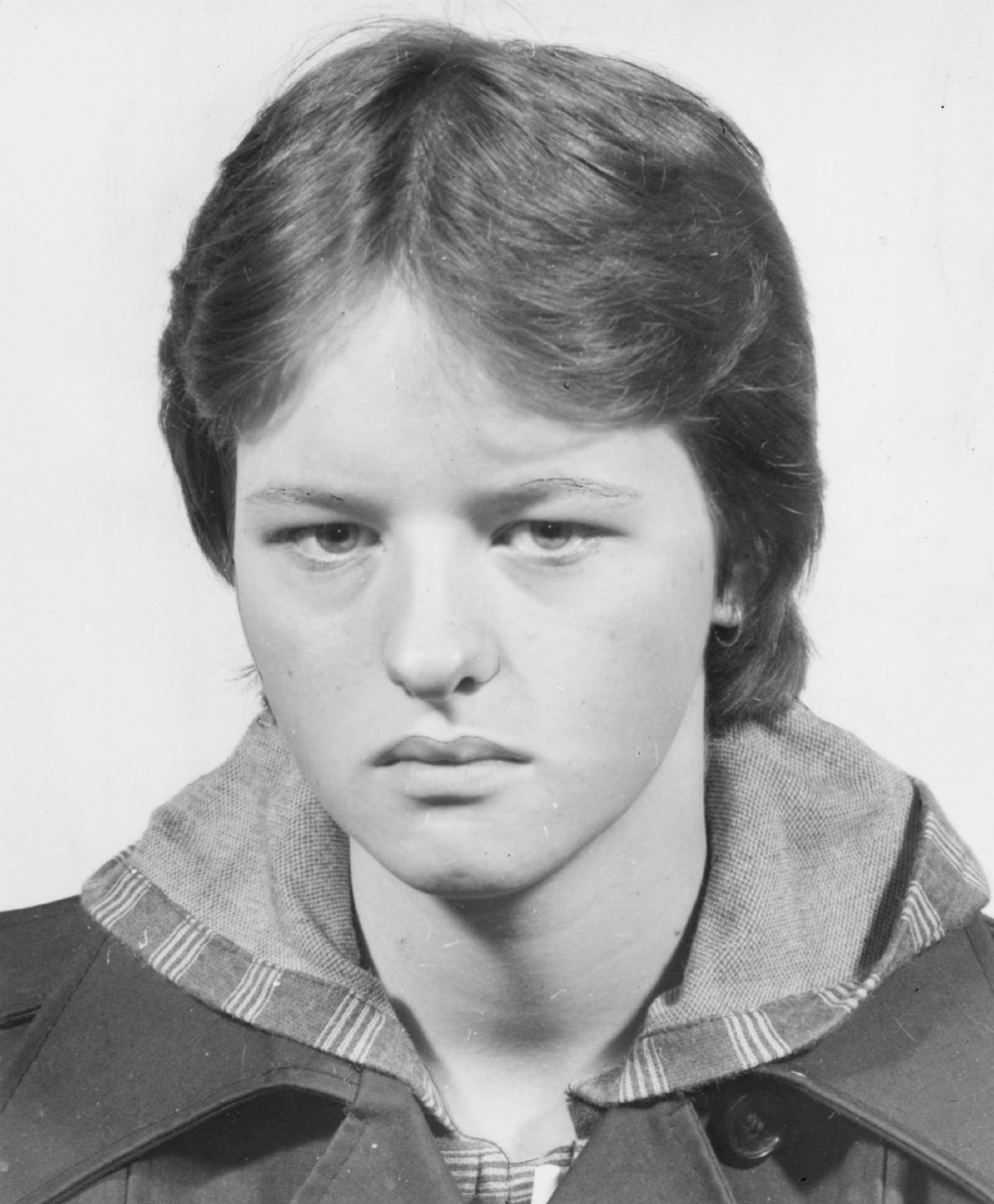
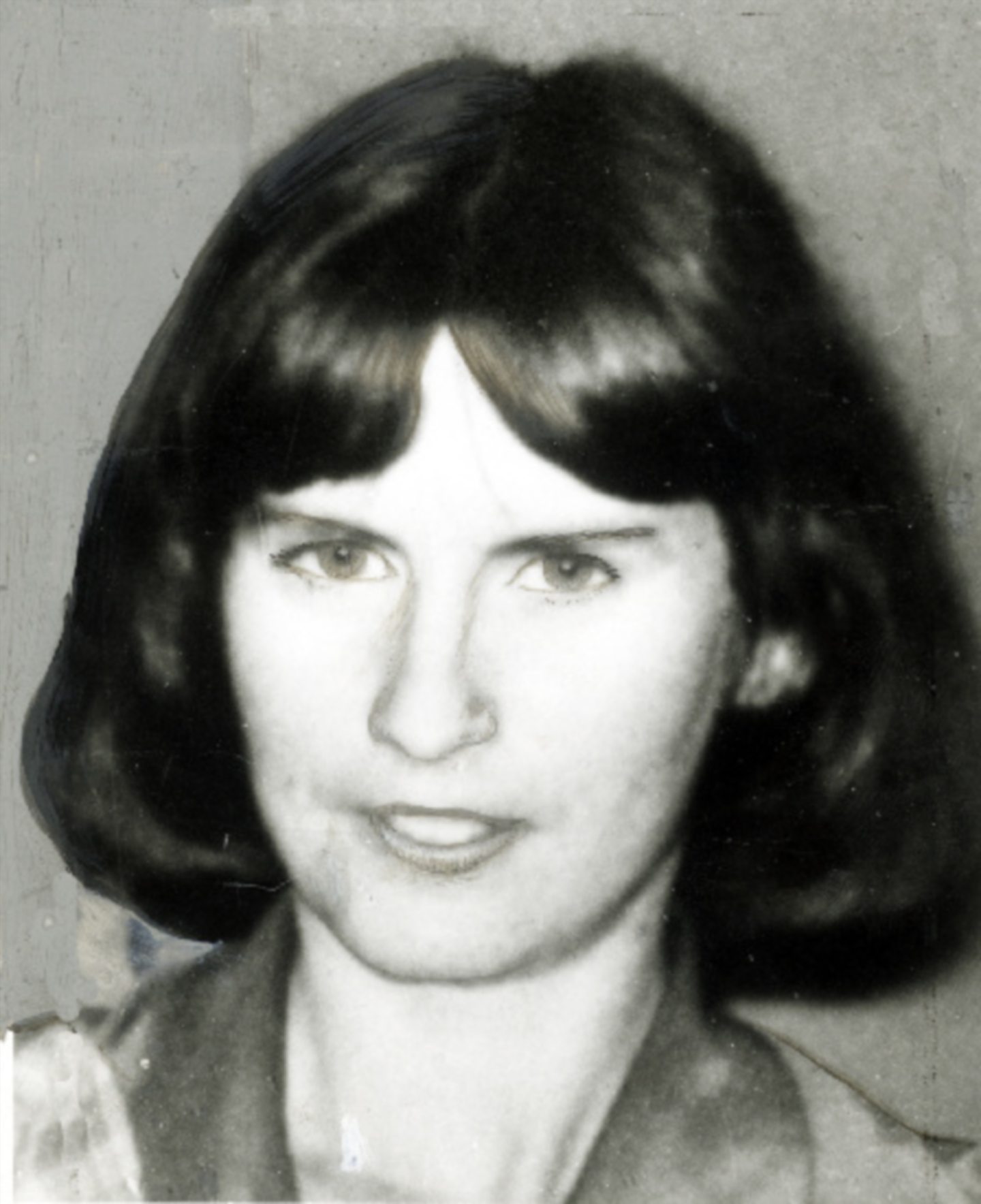
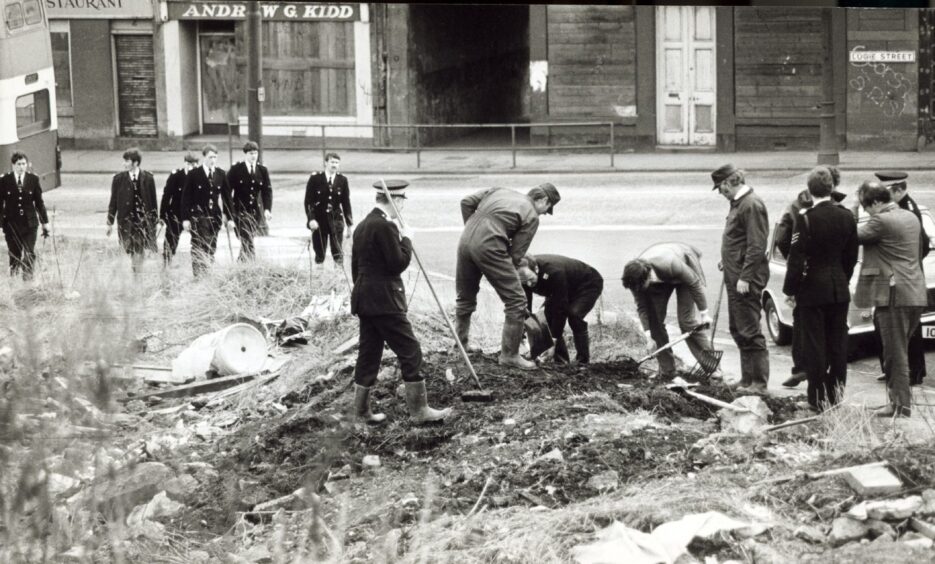
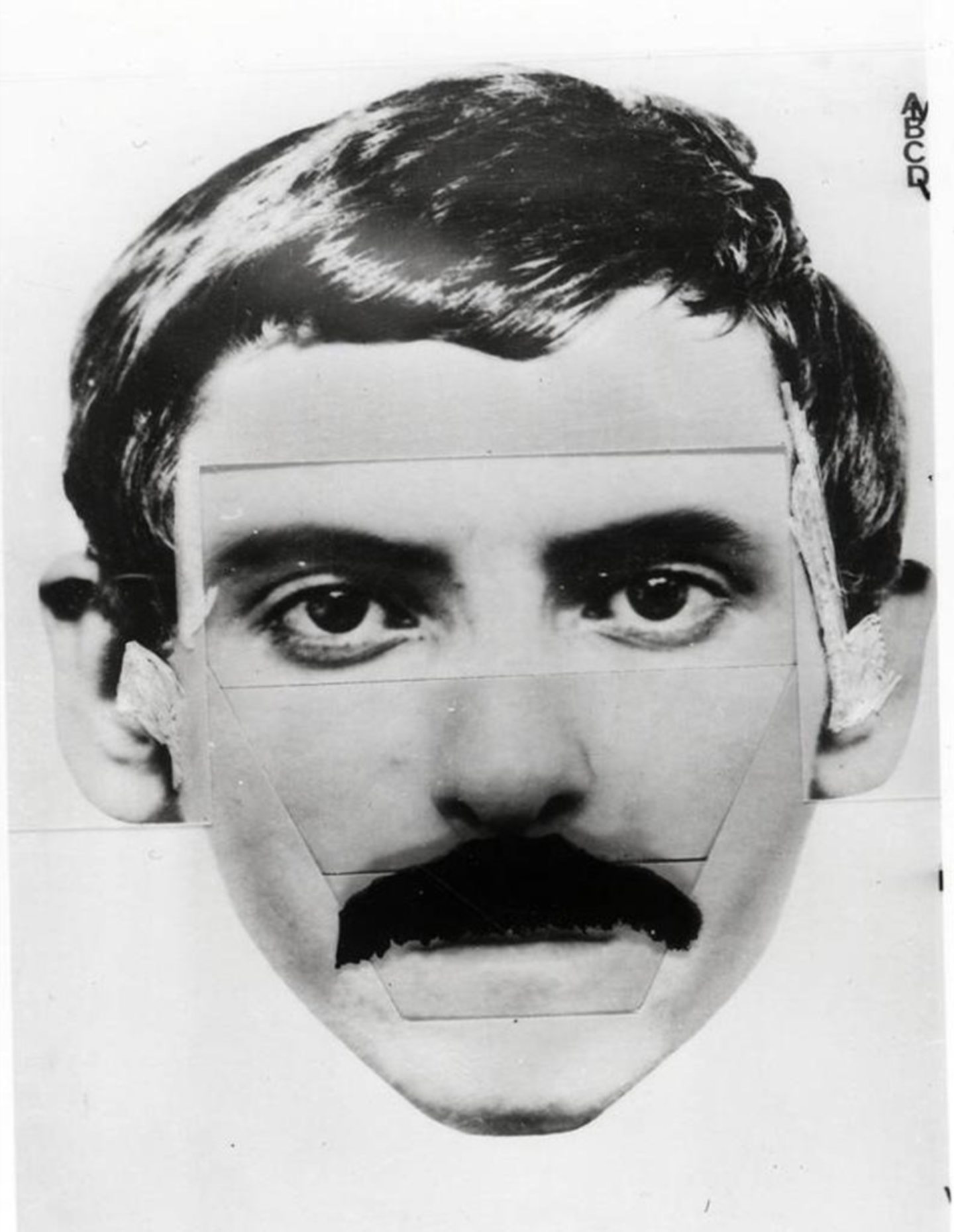
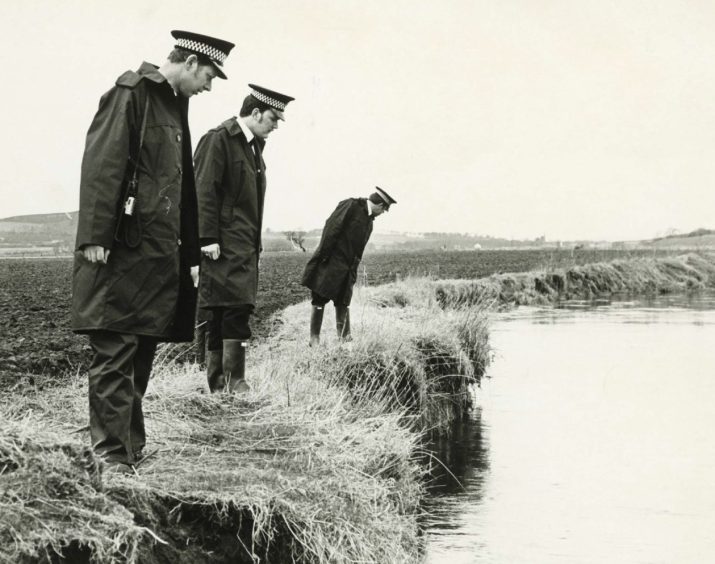
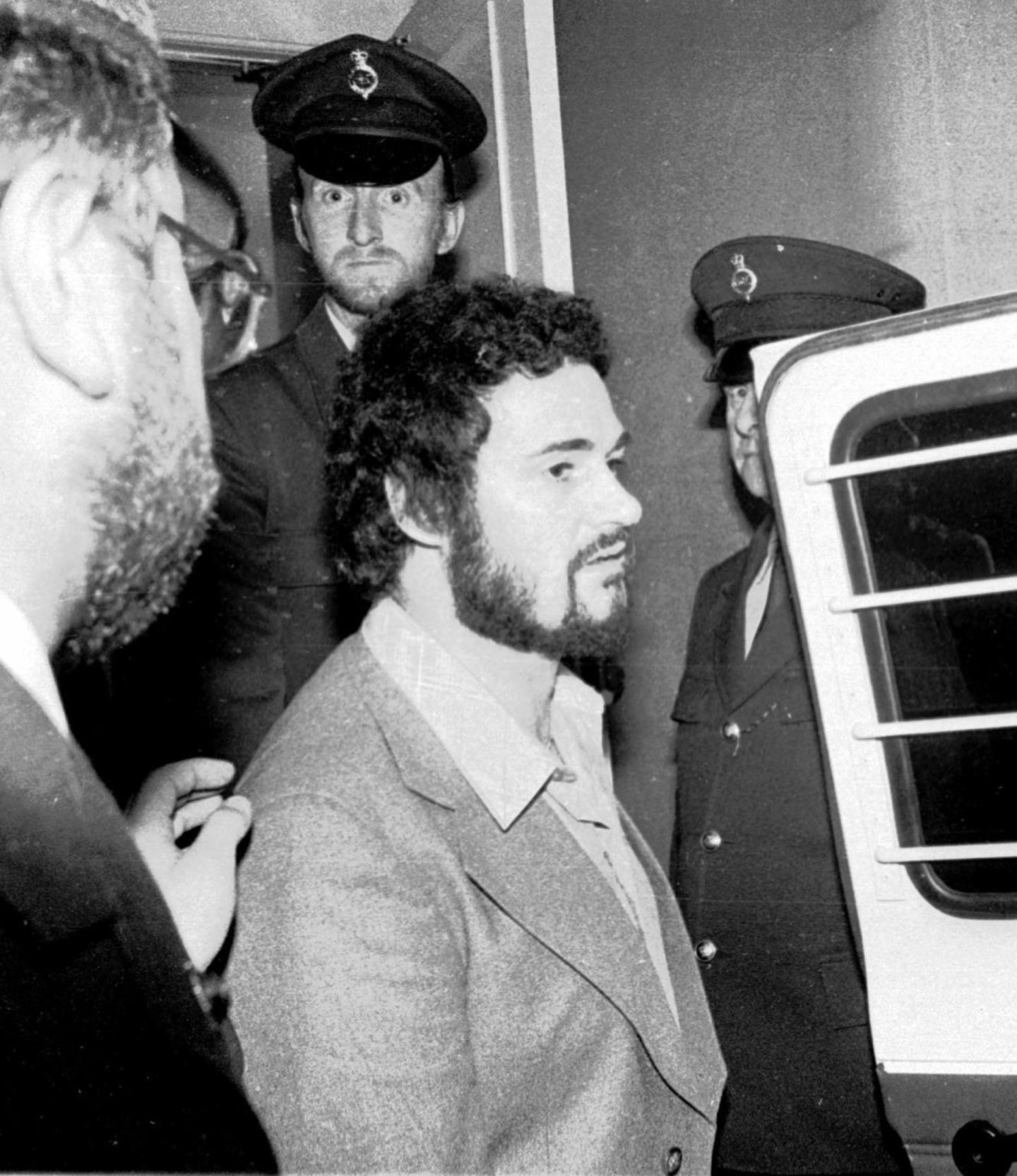
Conversation